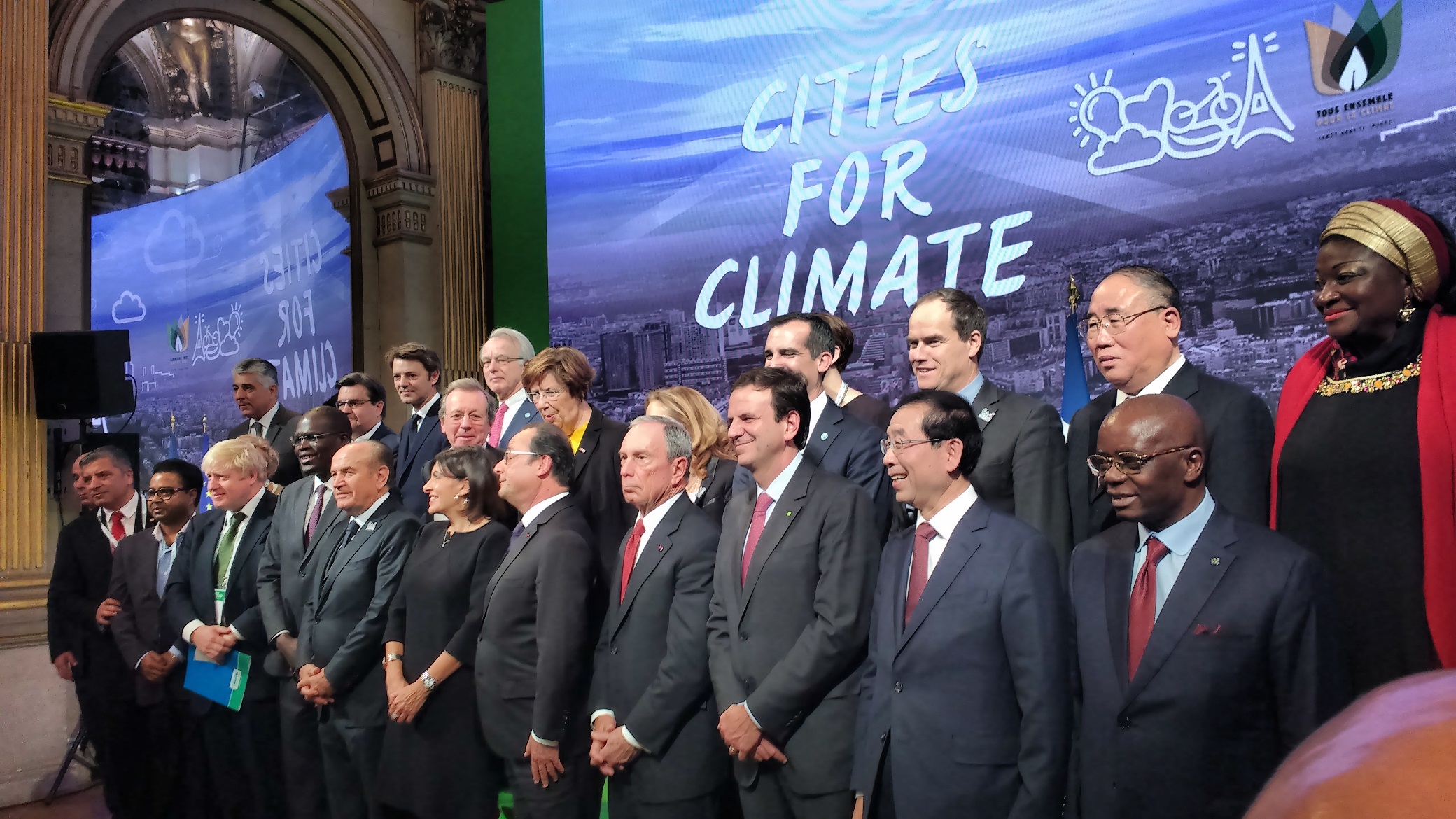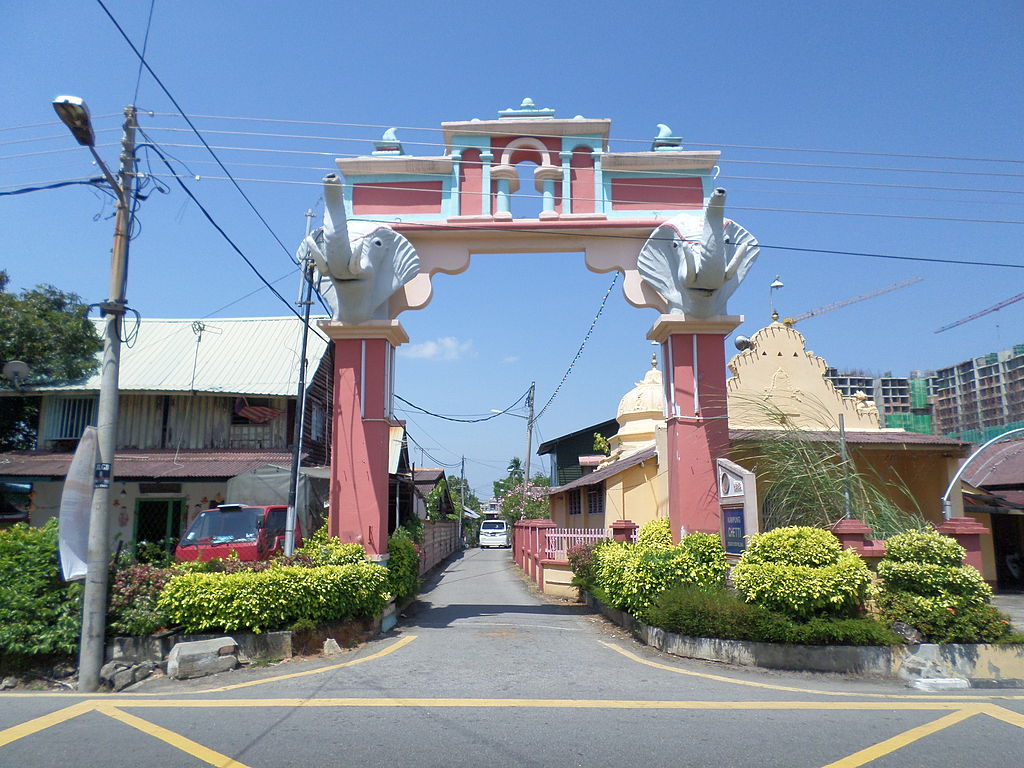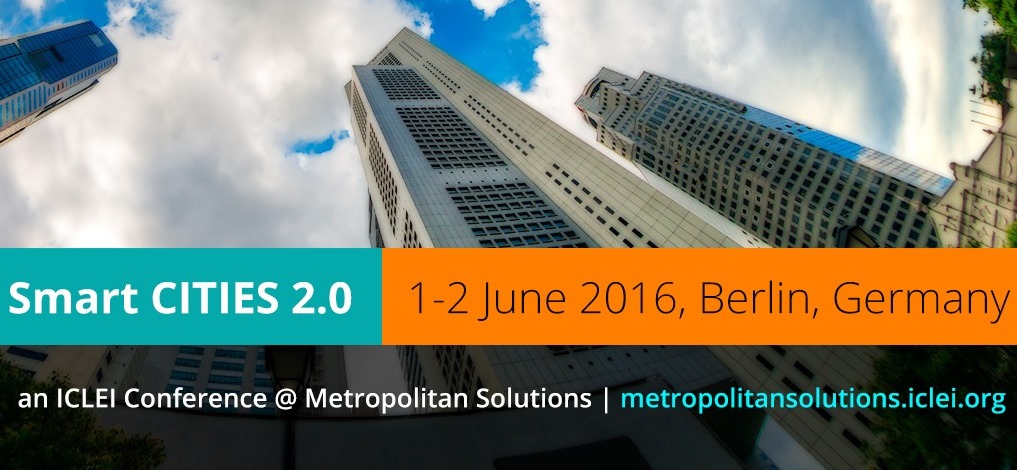In Africa, affordable and clean energy means having a lightswitch and a smoke-free stove
As cities around the world make commitments to become carbon neutral, African cities have to consider the millions of people that still require basic energy services and find ways to increase access while limiting emissions and resource use.
According to 2019 data from IEA, 600 million people in Africa are yet to receive energy access. This means almost half (44%) of the continent’s population lacks the means to switch on a light, a heater, a fridge, or charge a cell phone at will.
This challenge plays out acutely in Africa’s urban informal settlements. In sub-Saharan Africa, more than half of people (56%) call these under-serviced areas home and the numbers continue to rise as people continue to migrate to cities. In an informal dwelling, electricity is often non-existent or an unstable line shared between a number of dwellings. Kerosene and firewood, the price and availability of which greatly fluctuates with the season, are often the only ways to provide light, heat and hot water.
SDG 7 is asking us to ensure that, by 2030, everyone has access to affordable, reliable, sustainable and modern energy. In African cities, the focus for this decade is slightly simplified to, at the most basic level, achieve universal energy access by 2030.
This will be no small feat, and will require varied infrastructure. A recent report released by ICLEI Africa’s Enabling African Cities for Transformative Energy Access (ENACT) project, states that almost 30 billion USD in electricity infrastructure is needed to achieve universal energy access in African cities. Importantly, this includes both on- and off-grid development, which means small and large-scale solar, wind and waste generation projects are but one key piece of this monumental task.
Clean cooking and energy access
Energy access is about more than switching on lights and plugging in a refrigerator. It goes hand-in-hand with access to cooking methods that are clean, safe and healthy. Almost 900 million people in sub-Saharan Africa currently use open fires or biomass-fueled stoves to cook, which could take the form of a stone stove indoors or something as simple as bricks around a fire.
The respiratory impacts are immense. Around the world, household air pollution, mostly from cooking smoke, is linked to around 2.5 million premature deaths annually. The challenge in sub-Saharan Africa remains acute: only 17% of the population have access to clean cooking options. In informal settlements, the lack of access to clean and safe cooking solutions also puts residents at risk of fire disasters from open fires. Recently, a blaze ripped through the overcrowded settlement of Susan’s Bay in Freetown, the capital city of Sierra Leone, injuring hundreds and leaving thousands of people homeless. ENACT is granting 71,000 USD to deliver high-quality, reliable, and affordable clean energy cooking products and services to households or micro-enterprises in Susan’s Bay.
Clean cooking means a shift away from basic biomass cook-stoves and three-stone fires to modern fuels and technologies. It could take the shape of a gas-powered stove with one or two places for pots, or an innovative redesign of the traditional biomass stove that limits the smoke produced while optimising the efficiency. There are no limits to innovation, but cities struggle to secure the funds needed for large-scale rollouts. According to an ENACT report, the annual investment needed to achieve global universal access to clean cooking by 2030 is estimated to be about 2 billion USD.
After studying a series of successful energy and clean cooking access projects in the global south, the ENACT project concluded that partnerships and collaboration between the public and private sectors are crucial in order to make the innovations accessible to the millions of communities that call urban informal settlements home.
Local governments need support to achieve universal energy and clean cooking access
People from Africa are resilient and resourceful and several of our projects are proving that universal energy and clean cooking access is possible and that it could be fueled by renewable energy sources.
The 100% Renewables Cities and Regions Roadmap, a global initiative that works in Kenya, Argentina and Indonesia, is supporting local governments to create a practical way forward to power their cities completely with renewable energy. Kisumu County, Kenya is home to three large sugar factories and it’s using the waste produced, or bagasse as it’s also known, to generate electricity. These plants are already supplying 16% of the County’s electricity. The County is also using its abundant water resources to supply 61% of its electricity with hydro power. With 77% of the County already running on renewable energy, Kisumu is proof that it is possible for African cities to harness their renewable energy sources to increase energy access while also working towards achieving 100% renewables by 2030.
The Covenant of Mayors in Sub-Saharan Africa (CoM SSA), a regional chapter of GCoM – the world’s largest network of cities taking climate action – has a special focus on energy access. CoM SSA supports cities with developing Sustainable Energy Access and Climate Action Plans (SEACAPs) and the city of Bobo Dioulasso in Burkina Faso is well on its way to completing this plan. When ready, the SEACAP will guide city officials to build on their ambitious adaptation, mitigation and sustainable energy targets. Bobo Dioulasso is aiming for 92% of its people to use primarily clean cookstoves by 2030. Even though many residents have access to clean cooking, 86% of the city’s population still uses biomass for at least some of its cooking needs, but if the city achieves the actions set out in its SEACAP, this number will come down to only 20% by 2030.
Public areas should also benefit from increased energy access
Energy access goes beyond residential electricity and cooking to include public spaces. Well-lit public spaces vastly increase safety for city residents and boost the local economy. In Rwanda, on the shores of Lake Kivu, a popular tourist destination for travellers visiting the Volcanoes National Park, the Urban-LEDS ll project is funding solar PV street lights along the beachfront. These will provide restaurants and businesses along the shore with extended opening hours, pedestrians with a safe place to walk and socialise after dark, and visitors the chance to experience this beautiful area at night. The project will also detail ways in which this initiative can be replicated in other cities across the country and how to make this financially viable.
Public lighting projects can be expensive. In Cameroon, the public lighting bill accounts for 55% of the State’s total electricity expenditure bill. This is why CoM SSA is continually providing training and resources for cities to increase public lighting in affordable, low-carbon ways. In a recent training in Yaoundé, city officials discussed ways to make solar PV street lighting, in particular, more affordable, while a continent-wide virtual training session provided officials the chance to learn from experts, financiers and cities that have successfully implemented public lighting projects.
With projects like these, continued collaboration between the public and private sector, knowledge exchange and access to climate finance, it could just be possible to provide every home with a clean cookstove and a lightswitch and light up every city street by 2030.
This article is the first in a series on sustainable energy access in African cities. The next article will share lessons and stories from local governments on the continent that are grappling with, and succeeding on, their road to universal energy access.






